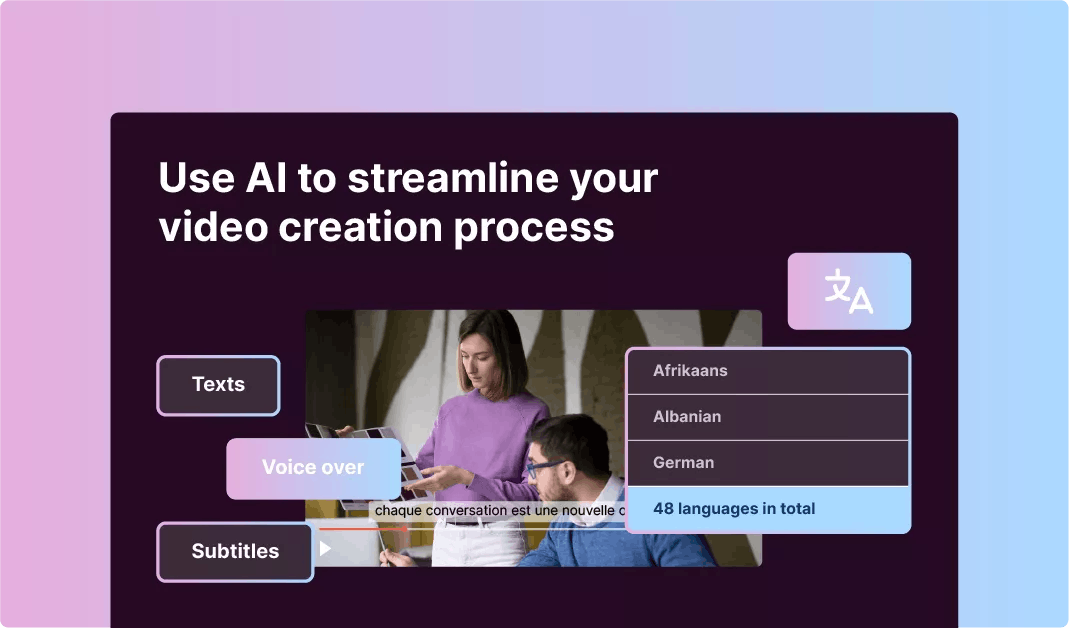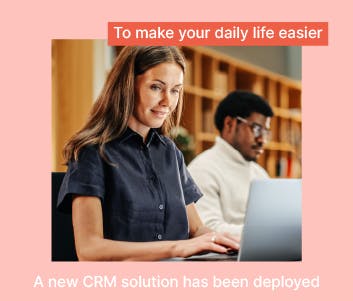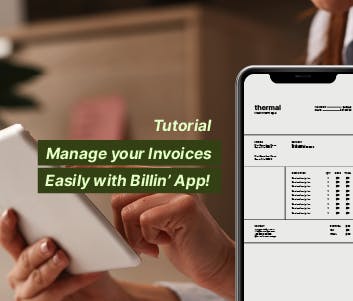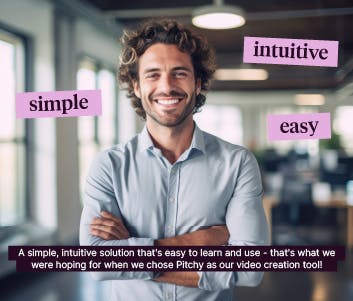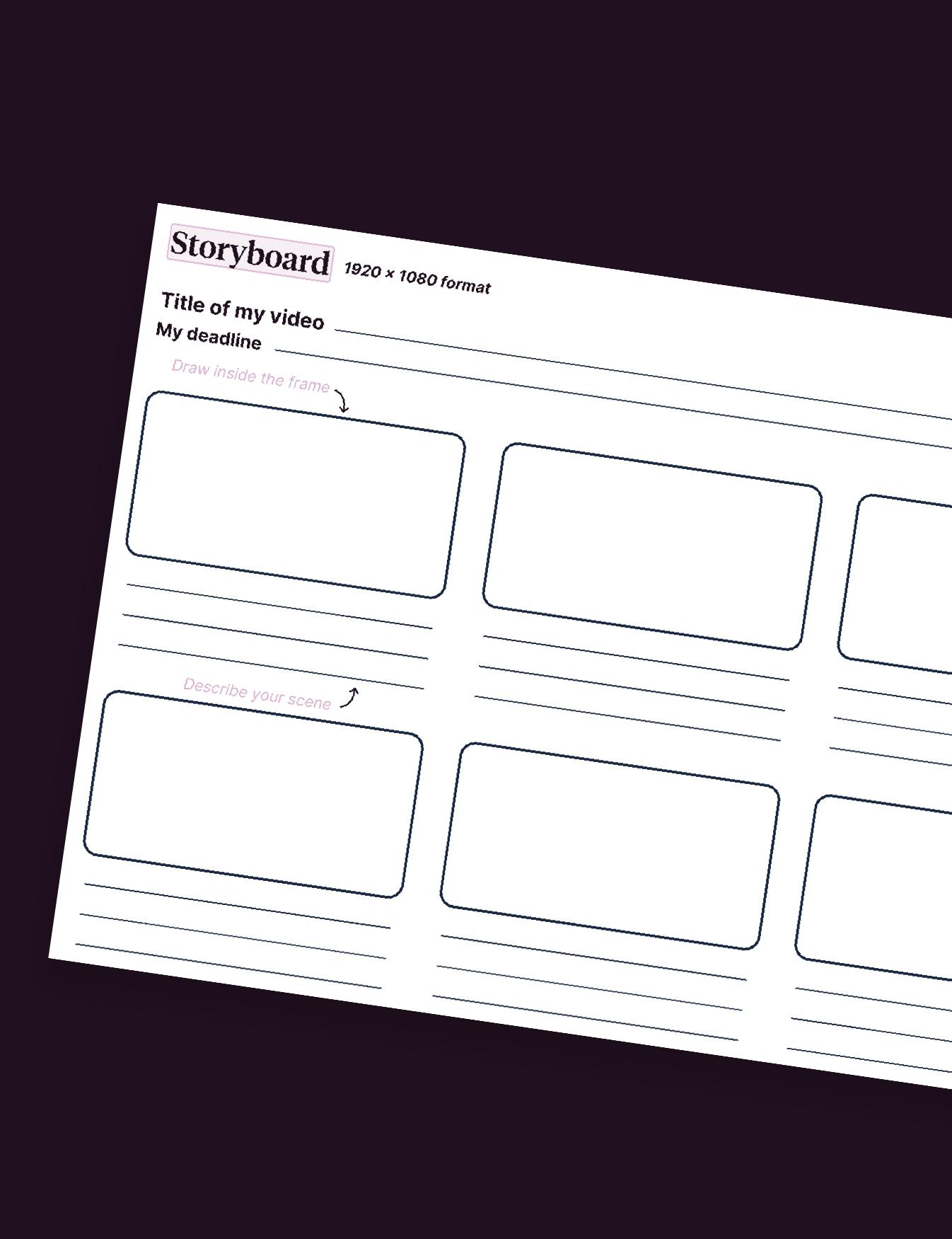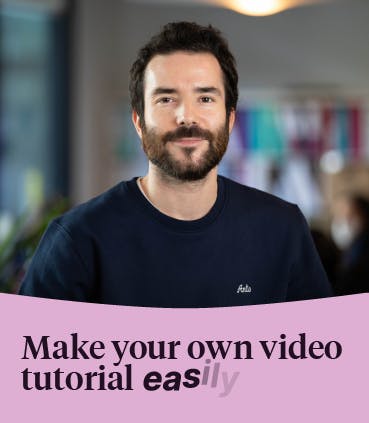How to broadcast your video interview?

On your laptop, you use windows, your webcam, skype, and even google hangouts for virtual interview or meeting. And you also want to make video interview! Once your video interview is edited and ready, you will need to select the right distribution channels for candidates and recruiters. We will tell you more here.
That’s it! Your video interview is ready, thanks to technology! The ultimate version is achieved without technical difficulties! You have the sound, a good recording, a good lighting, the good rushes, the editing you need, and you have even thought of subtitles, in French, or even in another language if your clientele is international. In addition, all you need for the filming is a microphone for the audio part (or even headphones to record) and a smartphone for filming (you don’t need to carry a heavy camera). Once you have the video content, you will need to find the right channels to broadcast it to your audience. Whether it’s an employee interview as part of a recruitment process, a customer testimonial, or an interview with your managers, the channels to choose are strategic. In this article, we will look at the most common uses, best practice of video broadcasting. Here are some tips from us.
Remember these figures already if you get more more employers:
- 82% of internet traffic will be occupied by video in 2022,
- 95% of a video message is retained by Internet users, compared to 10% of a text message,
- 59% of executives prefer to watch video rather than read text,
- 55% of people consume video rather than other types of content.
This is our latest blog post, some techniques/tips/tools/tips and tricks before you start producing video content. The aim is to guide you, as a piece of advice, to be successful in the future.
There are many ways to broadcast any type of video interview, depending on your strategies.
How do you intelligently broadcast a staff interview as part of a recruitment process?
How do you prepare for the broadcast, or a pre-recorded interview? What is the preparation to get the best benefits and avoid technical difficulties?
Nowadays, most companies, although they are the ones recruiting, also need to present themselves to future candidates through a short corporate film (a kind of immersion report behind a camera) and interviews. Before applying, they will want to get an answer to many questions, such as:
- the history of the company and the genesis of the project,
- who the employer really is
- the job and profile sought,
- names and faces to the people they are likely to work with.
- and they want to see if your expectations fit with their career plans.
- are there any specific distractions in your company, to encourage team bulding?
This is where the top convincing employee interview (a format that is currently very popular) is a real plus to keep in your resources. Please see our article on ideas for interview questions, if you’re short of inspiration, before starting your shooting and content production.
Here is an example on screen with Sophie, Customer Success Manager at Pitchy :
Once you have completed the employee interview, you can distribute it through several channels to make people want to interview with you:
Firstly, on recruitment sites: it is very important for your company to have a profile page (for promotional purposes) on a site like Welcome To The Jungle. This will give a human dimension to your company, and will appeal to your employees, who will feel valued. Think about doing an employee interview for each team, each job family (marketing, communication, sales, HR, accounting, IT, etc.). And don’t forget to put forward a variety of profiles (young/older people, different training, men/women, etc.).
You can also choose to post these interviews, at regular intervals, and depending on the urgency of your application needs, on social networks. For an interview of this type, give preference to LinkedIn, and consider uploading the video directly to the social network, which will give it more prominence (which will not be the case if you copy/paste a Youtube link). You can even add a hashtag (for example: #WeRecruit, #Recruitment2021; #Join Us, etc…) to make sure that these videos have a common point.
To compile these videos, don’t hesitate to create a Youtube playlist: even if the recruitment is over, these videos will still be used to present the jobs: most of the companies present on Welcome To The Jungle do it.
Concerning former candidates: you can ask them to keep their CVs for a while. If they accept, it means that you also have their email address and can contact them by newsletter: another relevant channel to follow up. But remember to include the word “video” in the subject line: this will increase the click-through rate by 65%.
Another important distribution channel for employee interviews is the trade fairs you attend. On your stand, in addition to a demo of your application or product, consider broadcasting the interviews (with subtitles: very important if there are many people and noise), which will attract potential candidates.
And what about interviewing managers? What are the best channels?
If it is an interview with your managers or directors, whether it is to introduce themselves or to announce big news about the company (moving, new company, etc.), it is best to use the most appropriate channels.
Note that the interview of the managers presenting the company is also used for recruitment purposes. Your Welcome To The Jungle page should also present your founders. Ideally, they should tell you about their background and the genesis of the project in the video.
In the context of a change of management, communication is essential to create coherence and inform both your customers and your internal teams.
- As far as your employees are concerned, an internal newsletter should be devoted specifically to this major change, to zoom on the upcoming transformations. No other news should be covered, so as not to confuse the message. Ideally, the newsletter should contain only the video (and a short introductory text with a fraternal message).
- As far as your audience is concerned, it is wise to divide it up: on the one hand, the clients, those who know you, and on the other, the general public, the potential prospects, who have left you their email, but have not yet signed a quote or called on your services. For the former, send them a personalised newsletter, and if you are organising an event to meet new managers, invite them. Also explain to them the main lines of the new director’s strategy. For prospects, use an informative tone. Ideally, it would be good if your new manager had a different message for both, if he or she was closer to your customers, which is normal.
And if your company is international, don’t forget the subtitles, at least in English (after making sure the translation is correct, by having it proofread by bilinguals).
How can you distribute client feedback in a smart way?
Customer testimonials are the video content that will give you legitimacy and increase your creation leads performance. In this case, it’s not you who is praising your services, but your customers, as is the case here, with Emmanuelle Leduc, Projects Contribution and Implementation Manager at BNP Paribas, praising the Pitchy solution:
The point of this type of video is to convince still sceptical prospects, or simply the public who don’t know you, of your effectiveness. These are two different targets.
For prospects, the newsletter remains a legitimate and appreciated channel, if it is not too untimely: in fact, do not multiply the mailings, and think of spacing them out over time.
Note that these testimonials can also be part of your corporate presentation, when you first introduce yourself to prospects.
Another channel to use for customer testimonials is your website: you can include a “They trusted us” section on the home page, as is the case here on our website:
For people who don’t know you yet, you’ll have to raise brand awareness to reach as many people as possible. And what better way than through social networks to spread the word? First, post the story on your LinkedIn page, then encourage your internal teams to share the video on their personal accounts, with a hashtag (and tag the interviewee).
How do you broadcast an internal onboarding video to introduce a new recruit?
When a new person joins your team or group remotely, the teleworking induction will be more complicated for them, as they will have to wait for the deconfiguration. This is why many companies encourage newcomers to introduce themselves via video. In fact, that’s what we do at Pitchy, to encourage new recruits to use our platform. The aim is to find out a bit more about :
- their background,
- their missions,
- their passions.
Then share the video, either on Slack or by email, to let your entire team know that a new person has arrived. This has many advantages, the main one being that it gives the feeling that welcoming is a tradition at your company, which can already allow new people to chat with old ones for example, about their passions, as here, with Lamia, Head of Client Success at Pitchy, and music lover.
What are your goals? Do you want to produce a video interview for broadcast? Start your audiovisual creation now, thanks to our original templates, tools, lighting , features and platforms. You don’t need a studio, sophisticated software or professional tools. And you don’t need to be an expert. Ask for a free demo of the Pitchy solution, to get good video results by yourself. Check our video interview software, your best device for smart content.
Resources


